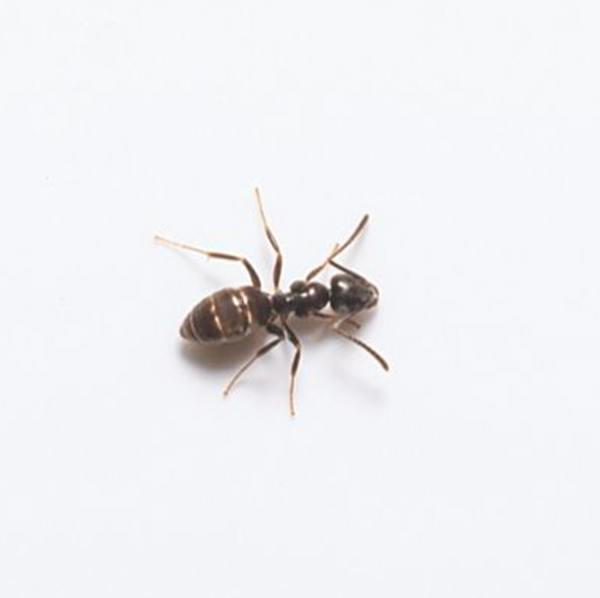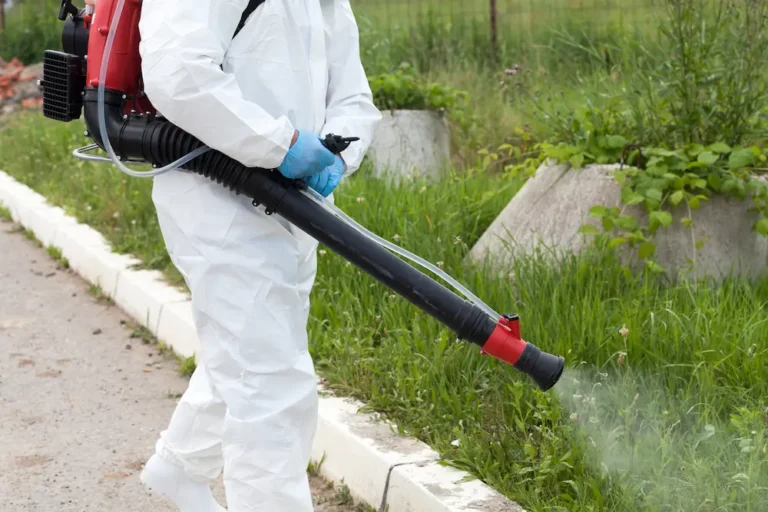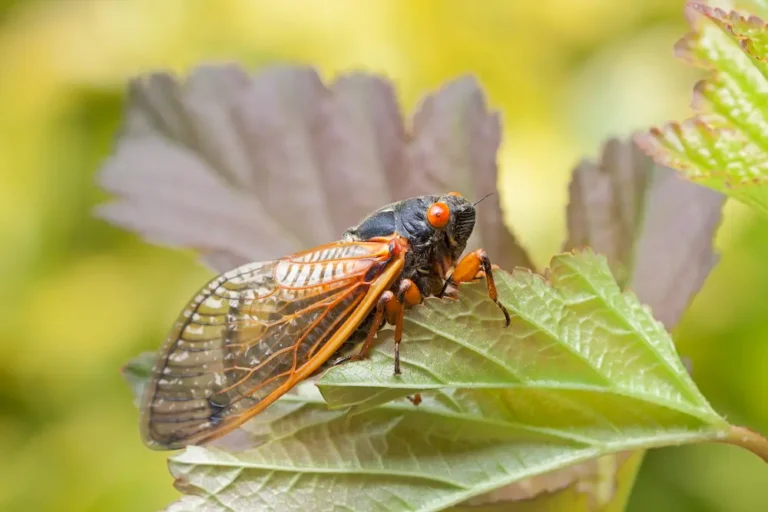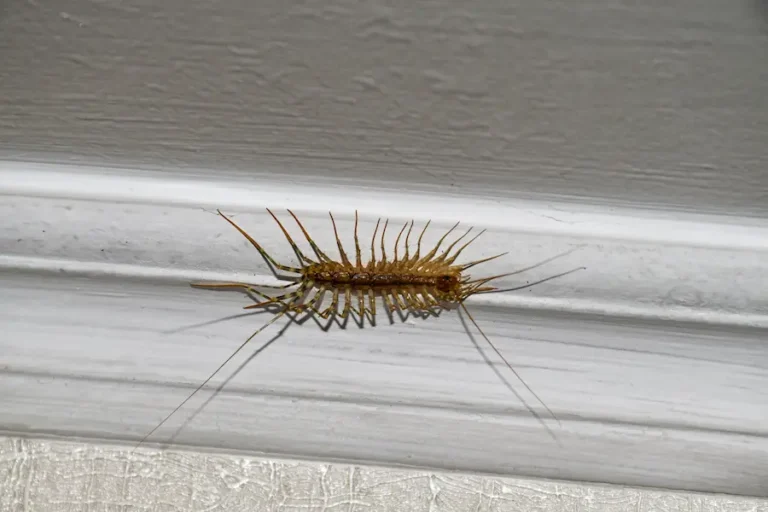Description
Odorous house ants are among the most common ant species encountered by homeowners in the Midwest. They are difficult to control due to their nomadic inclinations, omnivorous feeding practices, and large population sizes (thousands of individual ants per colony). Odorous house ants forage day and night along distinct, usually detectable trails. These trails travel between nesting and feeding sites.
Biology And Behavior
- They will run erratically with their abdomen extended in the air when disturbed.
- These small, black, shiny ants are about 1/16 to 1/8 of an inch long.
- These ants emit a pungent odor when crushed.
- They communicate with pheromones (insect communication chemicals).
- Colonies grow large (thousands) with multiple queens (egg-producing ants).
- These ants are numerous in and around structures and generally form distinct trails.
- They’re opportunistic nesters and will nest almost anywhere.
- They feed on sweets, dead animals, and other insects.
- They feed on fluids excreted by plant-feeding insects such as aphids and mealybugs.
Odorous House Ant Prevention Tips
- Remove food and moisture sources (i.e., leaky faucets and hoses, pet bowls).
- Keep shrubs, vines, and tree limbs trimmed away from the structure.
- Mulch should be less than 3-inches deep; gravel perimeters are best around a structure.
- Remove garbage daily and store refuse-holding containers outside.
- Fill window and door frame gaps, utility openings, and cracks with a sealant.
- Remove leaf litter and yard wastes from the foundation of a structure.
- Don’t stack lumber, firewood, bricks, or other debris next to the foundation.
- Treat plant-feeding insects with appropriate insecticides.
- Wash ant trails with a mild detergent to eliminate pheromone cues that attract other ants.
Action’s Ant Control Services
- Complete And Advanced Home Pest Control Plans
- Ant Control Treatments
- Pest-Proofing Services



